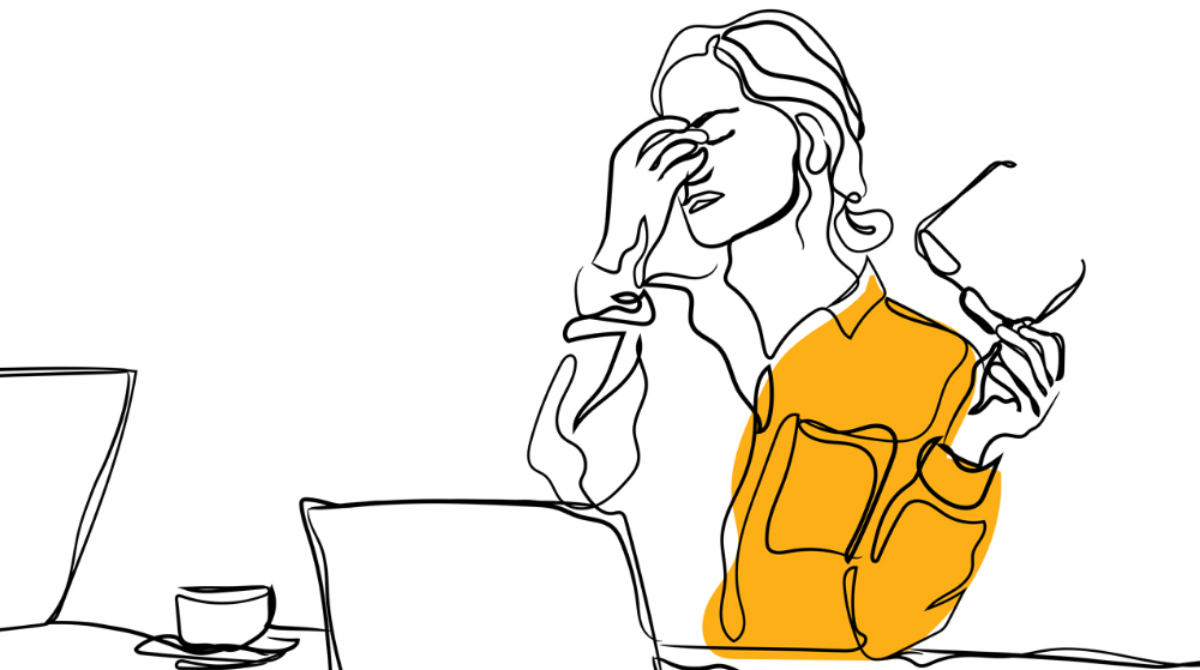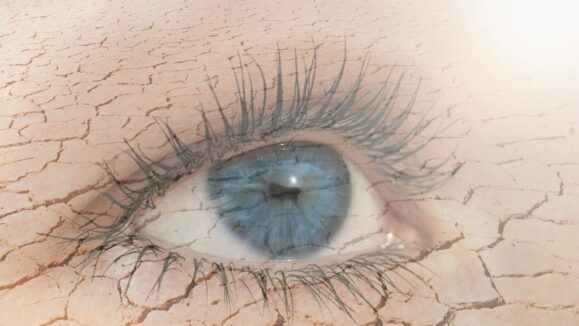Dry eye disease (DED) may seem simple at first glance, but managing it effectively requires more than just treating surface symptoms. With an increasing number of patients seeking relief, understanding the complexities of this condition is crucial for effective treatment.
A patient walks into your office, blinking excessively, rubbing their eyes, and complaining of persistent discomfort. Their eyes are red, their vision slightly blurred, and the itching seems relentless. You know the symptoms all too well—this is a classic case of DED. But while the signs may seem straightforward, the underlying causes and effective management are anything but simple.
DED demands more than just a bottle of over-the-counter eye drops. As optometrists, you’re not just treating symptoms, you’re navigating a complex landscape of ocular surface disease, meibomian gland dysfunction (MGD), environmental triggers, and even systemic health factors. Each patient presents a unique puzzle, requiring a tailored approach to uncover and address the root causes of their discomfort.
One expert who has mastered this delicate balance is Dr. Mahnia Madan, an optometrist based in Canada, where she spends 80% of her day managing dry eye patients. Her expertise offers valuable insights into how to navigate DED management—from practical approaches to current treatment options and best practices to enhance patient outcomes.
1. Understand the root cause
DED is rarely just about dry eyes. It often stems from a variety of lifestyle habits and systemic health conditions, making it essential to uncover the root cause for effective treatment.
A leading cause of DED is MGD, where the glands lining the eyelids become clogged with thick oils or cells. But the issue can run deeper. “Conditions like Sjögren’s syndrome, rheumatoid arthritis, or lupus are common genetic causes,” explained Dr. Madan. These inflammatory diseases interfere with the body’s ability to produce tears, resulting in chronic dry eye. “Patients with diabetes, high blood pressure, or even sleep apnea can also experience dry eye as a consequence of their condition,” she added.
Medications, too, play a role in exacerbating dry eye symptoms. Antihistamines, diuretics, and blood pressure medications can all reduce tear production. “Patients on these medications, especially those with diabetes or hypertension, are often slower to heal and more prone to dry eye,” Dr. Madan pointed out.
Pinpointing the underlying cause of a patient’s dry eye is the critical first step. Whether it’s therapeutic expression for MGD or collaborating with healthcare providers to address autoimmune-related inflammation, the goal is to move beyond alleviating symptoms and target the core issue.
2. Implement first-line treatments
The next step toward managing DED begins with simple lifestyle modifications and basic treatments. Tweaking the patient’s environment; adjusting their diet; reviewing medications; and incorporating ocular lubricants, lid hygiene, and warm compresses are all part of this initial approach.
Small adjustments in daily habits can make a big impact. For instance, humidifiers can help patients exposed to dry conditions. Screen time is another significant factor. “Many patients aren’t aware that staring at screens all day can cause dry eye,” Dr. Madan said. Encouraging patients to follow the 20-20-20 rule—taking a 20-second break every 20 minutes to look at something 20 feet away—can reduce strain and dryness.
Nutrition and overall wellness also play a key role. Dr. Madan emphasized the importance of a balanced diet rich in anti-inflammatory foods and adequate hydration. “Believe it or not, your eyeballs are not on a stick— they’re part of the body,” she said. “So managing overall health with a well-balanced diet is going to be supportive of good eye health.”
For contact lens wearers and those who use makeup, proper eyelid hygiene is essential. “I always remind my patients to take their makeup off at night and avoid sleeping in contact lenses,” Dr. Madan advised. This helps prevent irritation and reduces the risk of complications like blepharitis.
Consistent lid hygiene is also key in managing MGD. However, Dr. Madan noted that adherence can be challenging. “Lid hygiene adds a ton of value, but the consistency of doing it is often an issue,” she said. In-office treatments can provide more thorough cleaning and an opportunity for optometrists to educate patients.
Artificial tears are another effective treatment for mild DED. “They are effective, easy to use, and have very few side effects,” said Dr. Madan. However, for patients with moderate to severe DED, artificial tears may not address the root cause. “If a patient has more moderate to severe dry eye, they might use a lot of artificial tears, which can become expensive, but still not solve the underlying problem.”
Understanding when artificial tears alone are enough and when further intervention is needed is essential. Dr. Madan emphasized the importance of monitoring patients closely. If symptoms persist or worsen, it may be time to explore more advanced treatments.
3. Explore advanced therapies
For patients whose symptoms persist, non-preserved ocular lubricants, tear conservation techniques like punctal occlusion, and overnight treatments such as ointments can offer relief. In-office procedures like meibomian gland expression and prescription anti-inflammatory agents are also key tools in managing more stubborn cases.
For those requiring more intensive care, oral secretagogues, and serum eye drops promote healing and tear production, while specialty contact lenses provide a protective barrier for the ocular surface. Advanced treatments like topical corticosteroids, amniotic membrane grafts, and surgical punctal occlusion are reserved for severe cases of DED that don’t respond to other therapies.
Newer treatments like intense pulsed light (IPL) therapy have emerged as a powerful tool in addressing the inflammatory aspects of DED, especially in patients with MGD. “IPL is valuable because it addresses various aspects of dry eye disease, providing anti-inflammatory effects and promoting healing,” said Dr. Madan. Low-level light therapy (LLLT), while less intense than IPL, offers similar benefits. “Both IPL and LLLT can have significant roles in managing the multifactorial nature of dry eye,” she added.
4. Show your patients you care
Ultimately, the heart of effective DED management lies not just in the treatments optometrists offer, but in the rapport they build with their patients. “Tell them that you really care about their disease because it can have such a big impact on their life,” advised Dr. Madan. Whether it’s discomfort with contact lenses, fluctuating vision, or post-surgical dissatisfaction, recognizing the multifaceted nature of DED creates a foundation of trust and understanding. By showing genuine care and taking the time to explain the gravity of this chronic condition, optometrists empower patients to take their treatment seriously. In the end, it’s this connection that makes all the difference, turning what can feel like an overwhelming journey into a collaborative, supportive process for long-term eye health.
Editor’s Note: A version of this article was first published in COOKIE magazine Issue 17.



